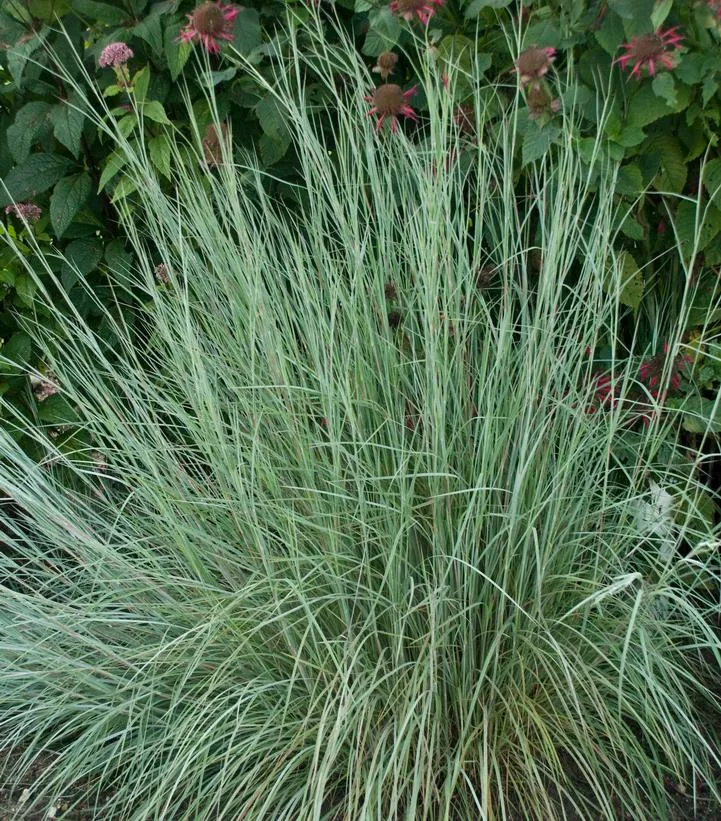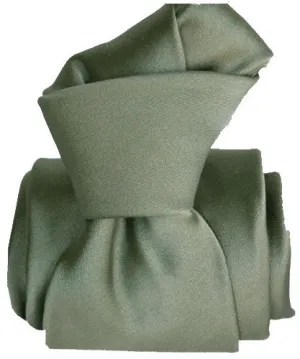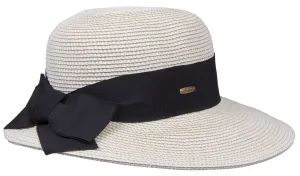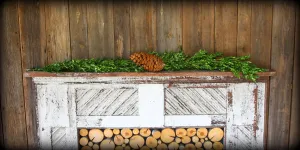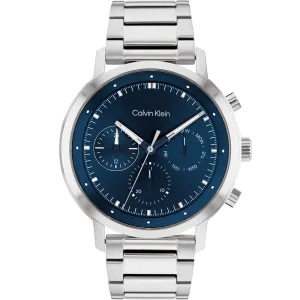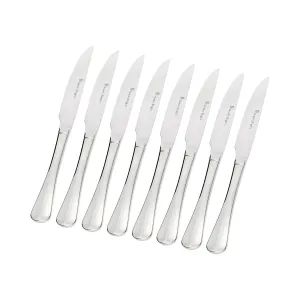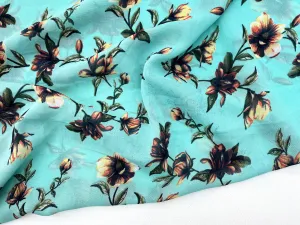Little Bluestem is a warm-season, native grass that is commonly found in North America. It is a clump-forming grass known for its fine texture and striking blue-green to purple-red coloration. The grass gets its name from the bluish hue it takes on during the growing season. As it matures, the foliage may turn bronze or purple, providing a visually appealing landscape.
Size: This grass typically reaches a height of 2 to 4 feet, with a spread of 1.5 to 2 feet. The upright growth habit creates an attractive bunchgrass appearance, and it is often used for ornamental and landscaping purposes.Sunlight: Little Bluestem thrives in full sun conditions. Ensure it receives at least 6 to 8 hours of direct sunlight daily.
Soil: Well-drained soil is crucial for the health of Little Bluestem. It is adaptable to a range of soil types, including sandy and loamy soils.
Watering: Once established, Little Bluestem is drought-tolerant and does not require frequent watering. Water regularly during the establishment phase, and afterward, water only during prolonged dry periods.
Pruning: In late winter or early spring, cut back the grass to about 4 to 6 inches above the ground to rejuvenate the plant and encourage new growth.
Fertilization: Little Bluestem is not a heavy feeder, and excessive fertilization can lead to floppy growth. A light application of a balanced fertilizer in spring is usually sufficient.




